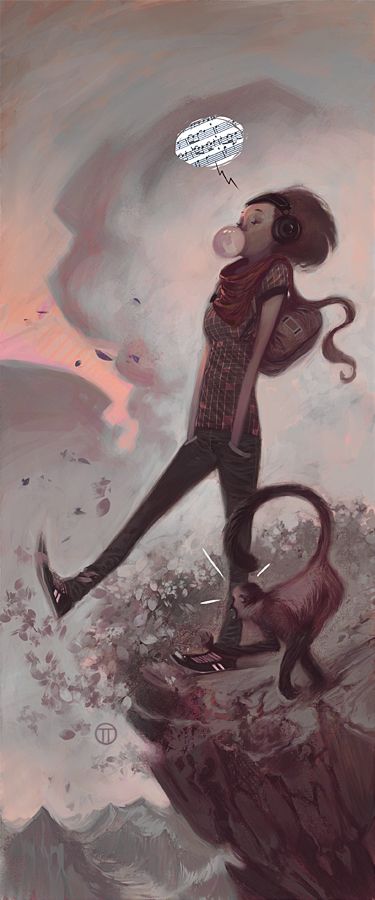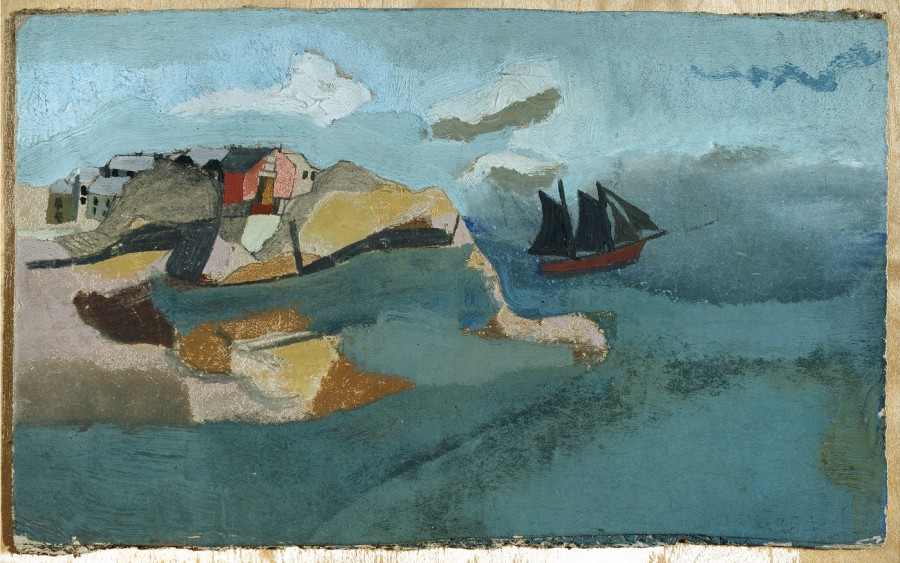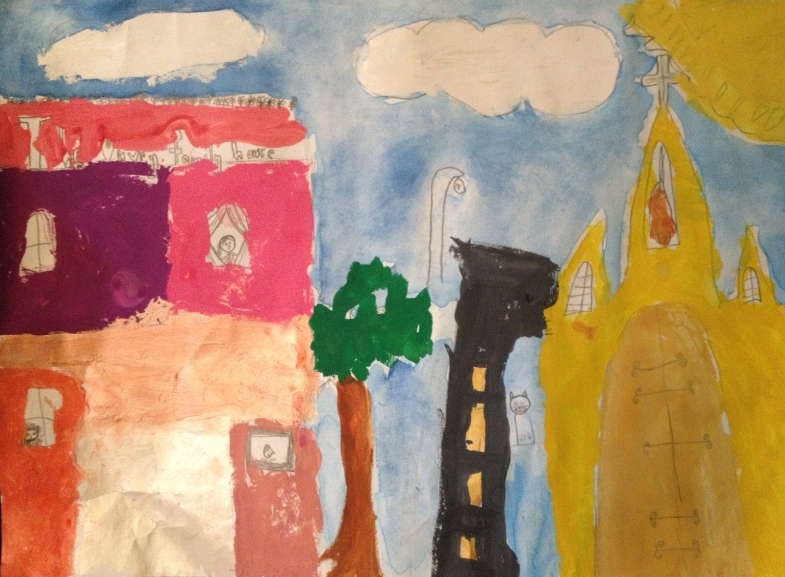Dear Toby,
All Hallows Eve, or Samhuin is one of my favorite times of year, I have always found its energy to be dynamic and transformative in a good way. The article below focuses upon four ways that we can transform difficult, challenging and stressful energies in our life into forces for the good.
Yours in the spirit of inner transformation,
Toby
 Four Mindful Images for Stress Transformation
Four Mindful Images for Stress Transformation
Stress transformation is the art of transforming adversities and obstacles into strengths and advantages. One of the essential ‘techniques’ involves is learning to bring the right perspective to the challenge that you face. Below are four images that describe the ‘right’ approach to an inner challenge that will enable you to begin transforming your relationship to it.
1: Uncertainty as darkness – We fear darkness because we cannot be certain what is hidden by it. But the darkness is a place where we rest and regenerate during sleep, and seeds rise from the darkness of the earth. Similarly it is just as easy for good and better things to come out of the uncertainty in our life as it is for bad things. With this in mind, why should we fear uncertainty as we do? Why not consciously cultivate curiosity and enthusiasm for the uncertainty in our life?
2. Anger as a fire – Fire provides both warmth and light as long as we stand at the right distance from it. If we stand too close to it we will get burned. Similarly we can use the power of our anger to provide both clarity and power in our life to do what needs to be done and say what needs to be said. However if we get ‘too close to it’ it easily becomes a destructive force in our relationship to ourself and in our relationships. By learning to stand ‘at the right distance’ from your anger you can transform and re-direct it.
3. Attachment and desire as a rose with thorns – The things we desire are like a rose with thorns. If we regard them with lightness, appreciation and respect then they become objects of beauty and joy that enhance our life like a rose flower. However, if we hold onto them too tightly, this is like griping the stem of the rose, the thorns inevitably cut our hands and cause us pain. Hold your objects of attachment lightly!
4. Stress transforms coal into diamonds – As the saying goes, “a diamond is just a piece of coal that learned to respond well to pressure”. Similarly the pressure and stress we find in our life is always potentially useful to us in the sense that it we can use it to develop and evolve ourselves into someone better, wiser, more compassionate, more resilient as a result of it. If you look at the stress in your life in this way, it is possible to start seeing it as something valuable, useful and worthwhile.
For more articles on stress transformation, go to the stress transformation section of Toby’s blog.
© Toby Ouvry 2014, you are welcome to use or share this article, but please cite Toby as the source and include reference to his website www.tobyouvry.com










